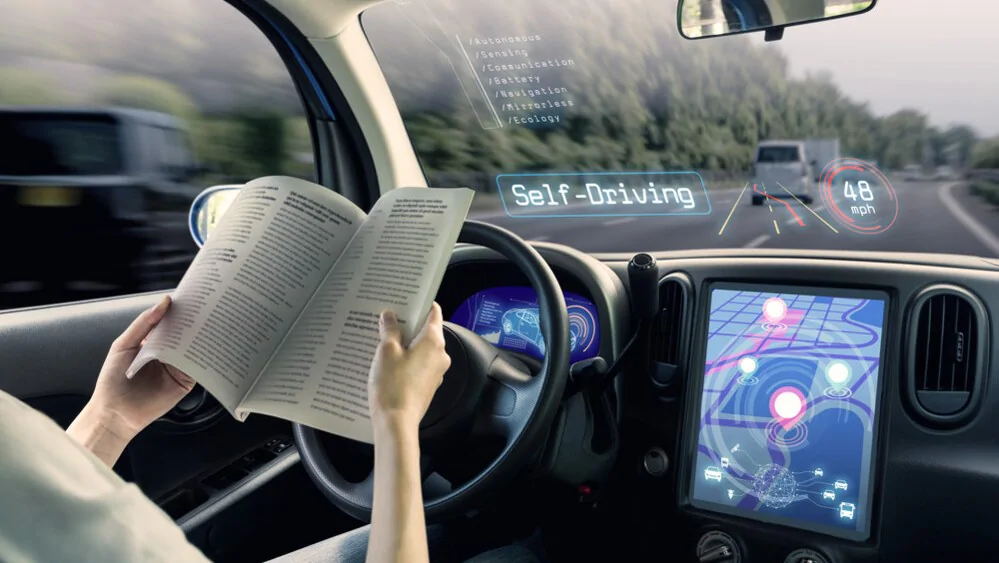
Still waiting on my self-driving Uber
You arrive at your local airport. You hail an Uber, which arrives 5 minutes later. You get in the car, and Travis, the automated assistant, greets you and asks you how your flight was. After some small talk, you ask Travis to put on your favorite playlist, and you relax in the back seat with a glass of wine. There is no human driving this car, and in 20 minutes, you arrive home safely.
I hate to break up this utopian daydream, but there are no self-driving cars on our horizon.
For years, I thought ethical and regulatory friction would slow the adoption of self-driving vehicles. But, as I learned more about the technical progress of AI, I realized that we’re no closer to a world of self-driving cars than we were 40 years ago.
In order to fulfill the self-driving car dream, we must first discover how to implement general-purpose artificial intelligence. Humans possess general intelligence, which allows us to navigate unfamiliar situations. For example, the picture below shows you a condition where the wind has shaped snow into what looks like lanes.

In the above case, most autonomous cars would get confused. The car has no notion of snow, wind, and how these lanes formed unless you explicitly trained it on this particular event. A human, on the other hand, would be able to generalize her knowledge about wind, snow, and how one affects the other and use that to navigate.
The roadblock to self-driving cars is that there is an infinite amount of these special cases (long fat tails), which can only be solved with general-purpose AI. We’re not much closer to general-purpose AI than before Elon was born.
If you want to learn more about the history of AI and get a broad overview of methods, algorithms, and advancements, read this book: Artificial Intelligence. Guide for the thinking humans.. Her other book on Complex Systems is worth a read as well.
What I’m thinking about
My friend, Bob Moesta, is writing a sales book. For those that don’t know, Bob’s the creator of the Jobs To Be Done framework, which has helped numerous companies build better products, and shaped the way I think about products and consumers. Bob’s now taking the theory of how and why customers buy products and applying it to sales.
I’m so grateful to have Bob as a long time friend. Besides being one of the most generous people I know, I always learn something new when we meet.
I’m going to spend the weekend reading the outline and draft of his book and thinking about my conversation with him last night. His book will be published in April. In the meantime, if you develop products (or sell them), do yourself a favor and read Competing with Luck, which is a book by Clayton Christensen featuring lots of Bob’s work.
Article I’m rereading
Wait but why is a great online blog that goes in-depth on a lot of topics. One of my favorites is Your Life in Weeks. When you feel like you’re not optimizing your time for happiness and fulfillment, read and reread it.
Time-restricted eating
I’m currently following a time-restricted eating protocol (some call it intermittent fasting) for the last 4 weeks. Besides benefits like glucose level improvements and autophagy, I’ve lost about 7 pounds in 3 weeks. I follow a 16/8 protocol about half the week and 18/6 the other half. Unlike calorie-restricted and food-restricted diets, time-restricted eating is easy to adhere to. I don’t feel hungry, and after a couple of weeks of building a habit, it feels natural.